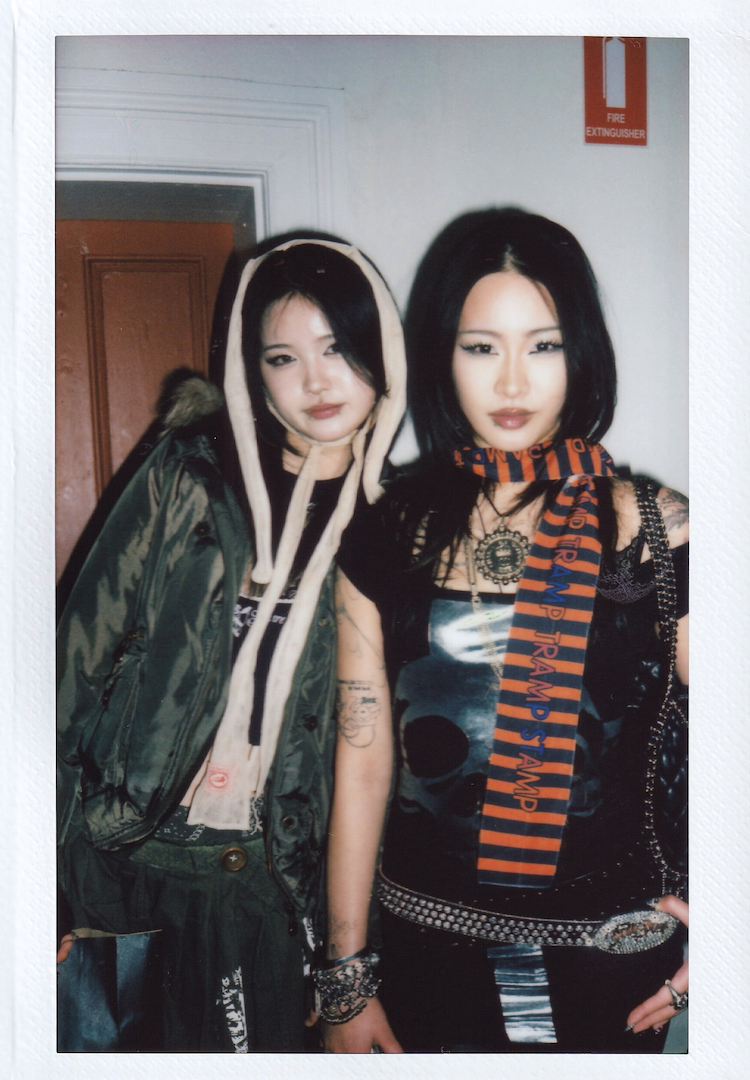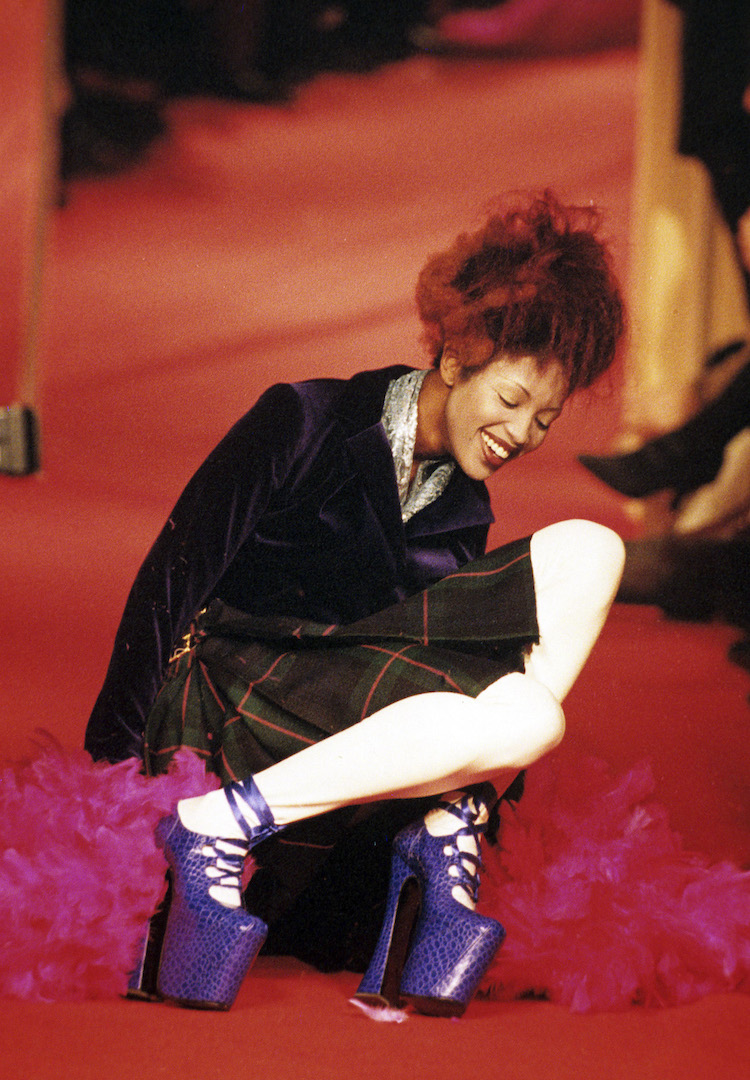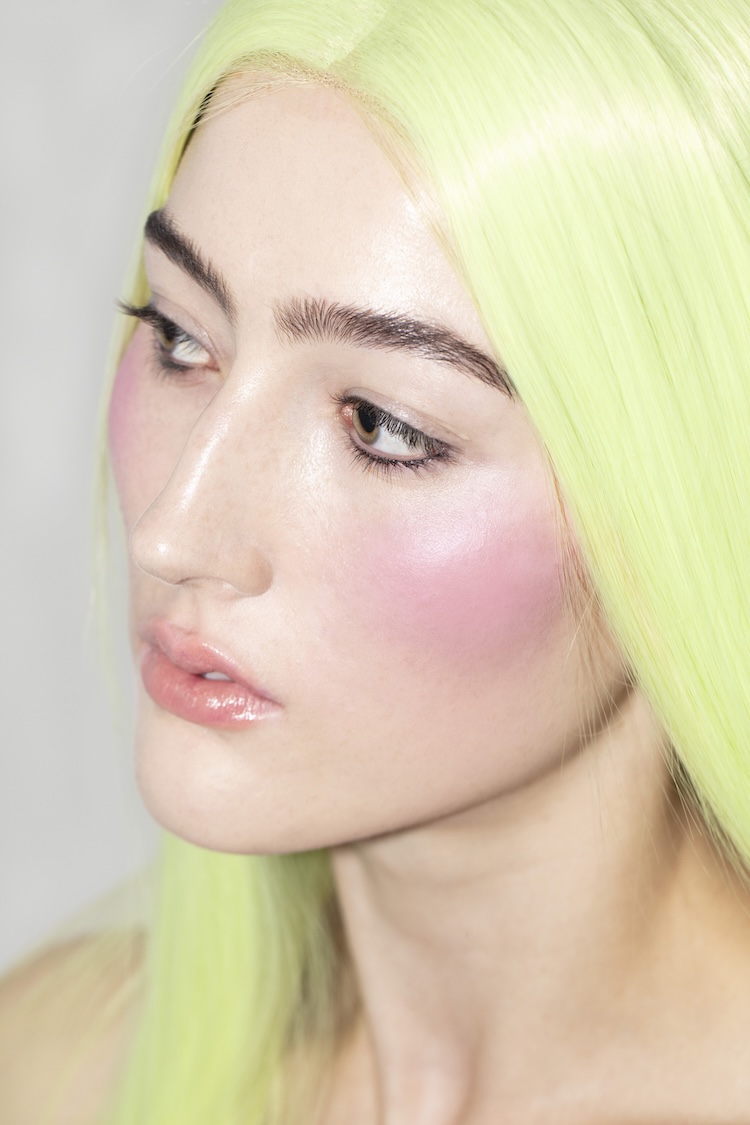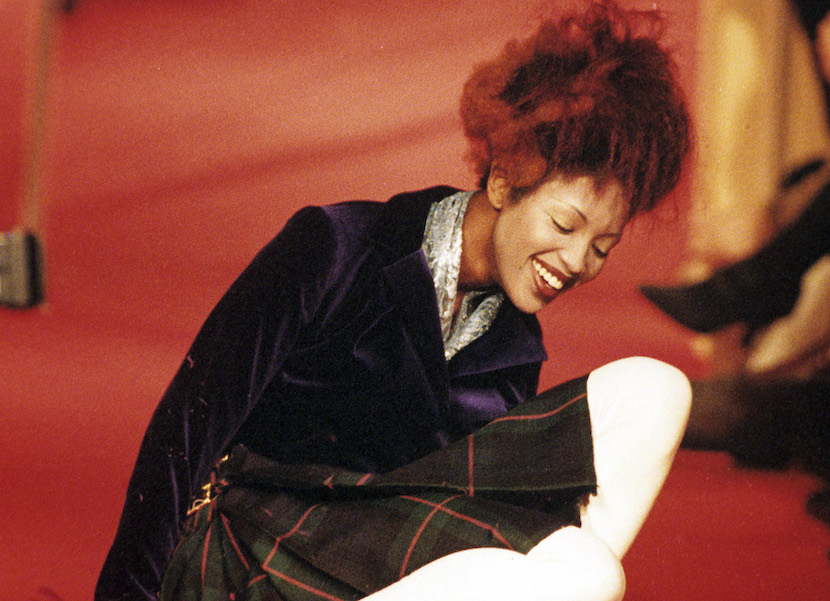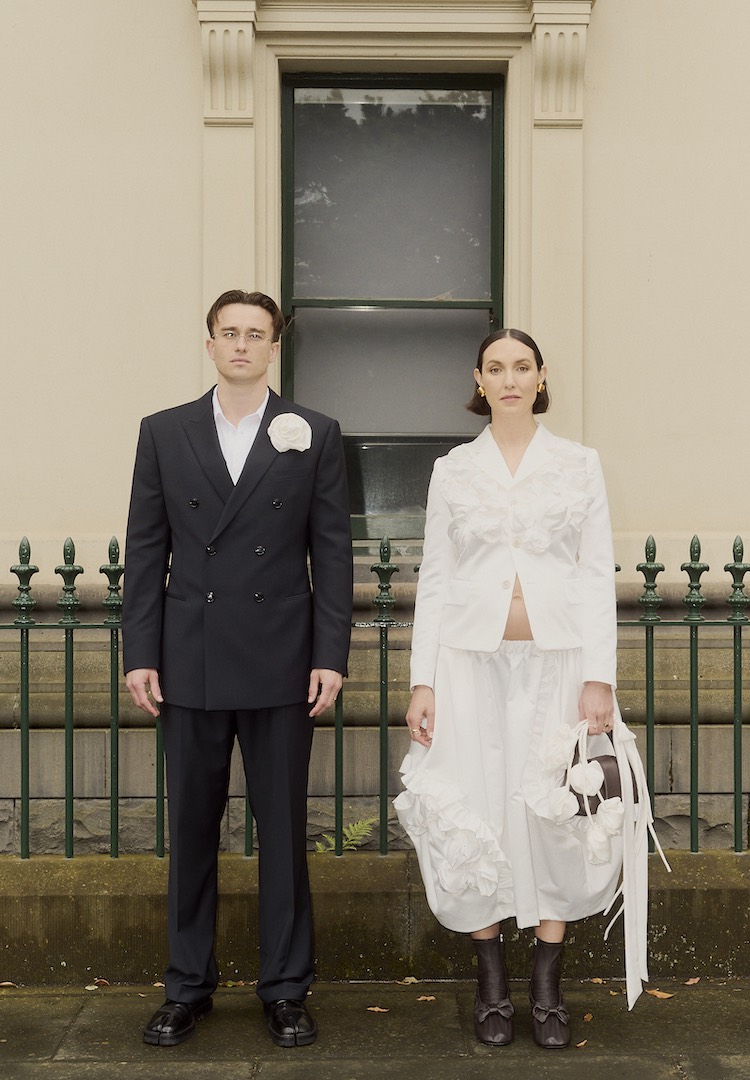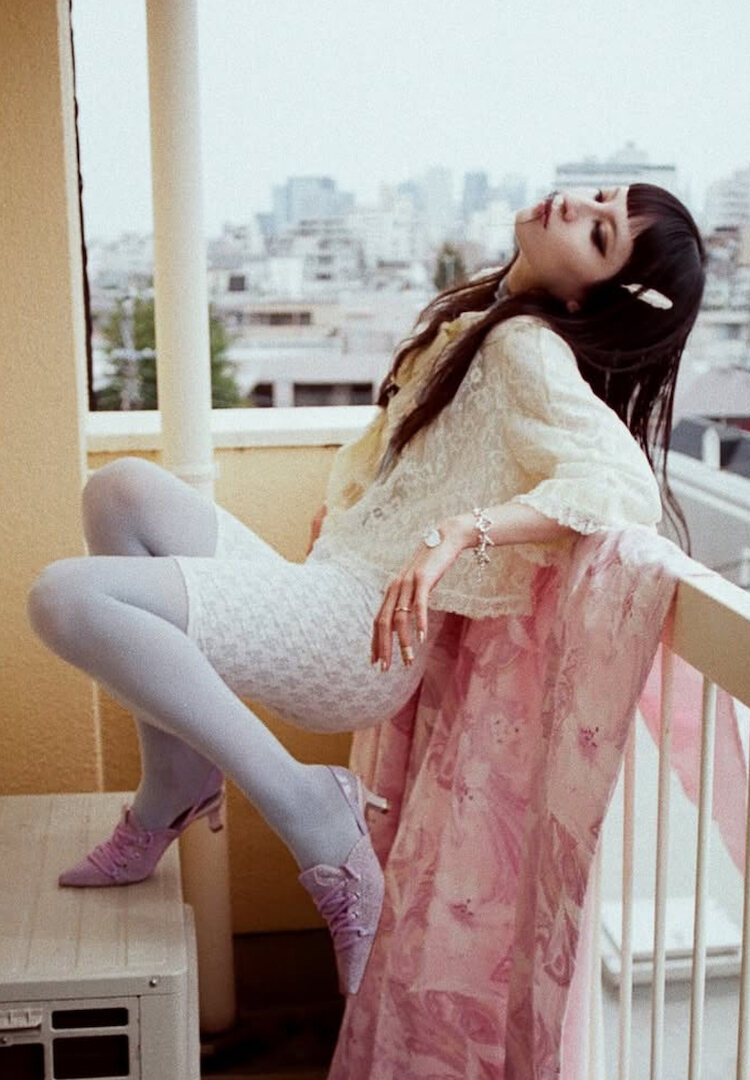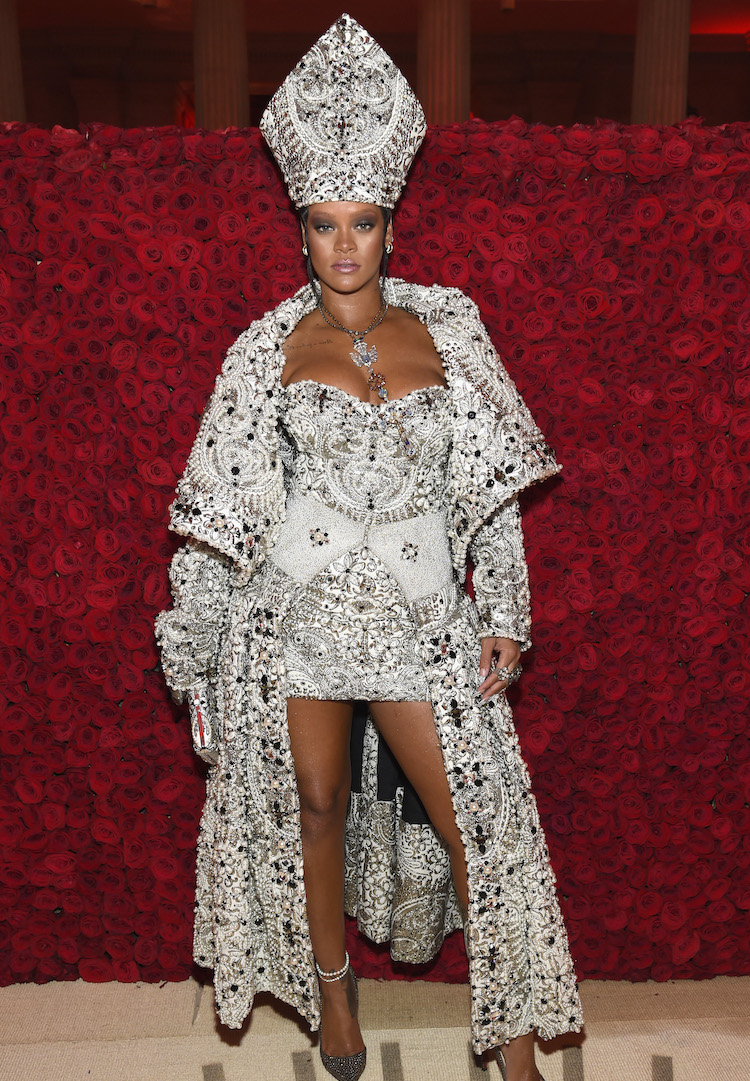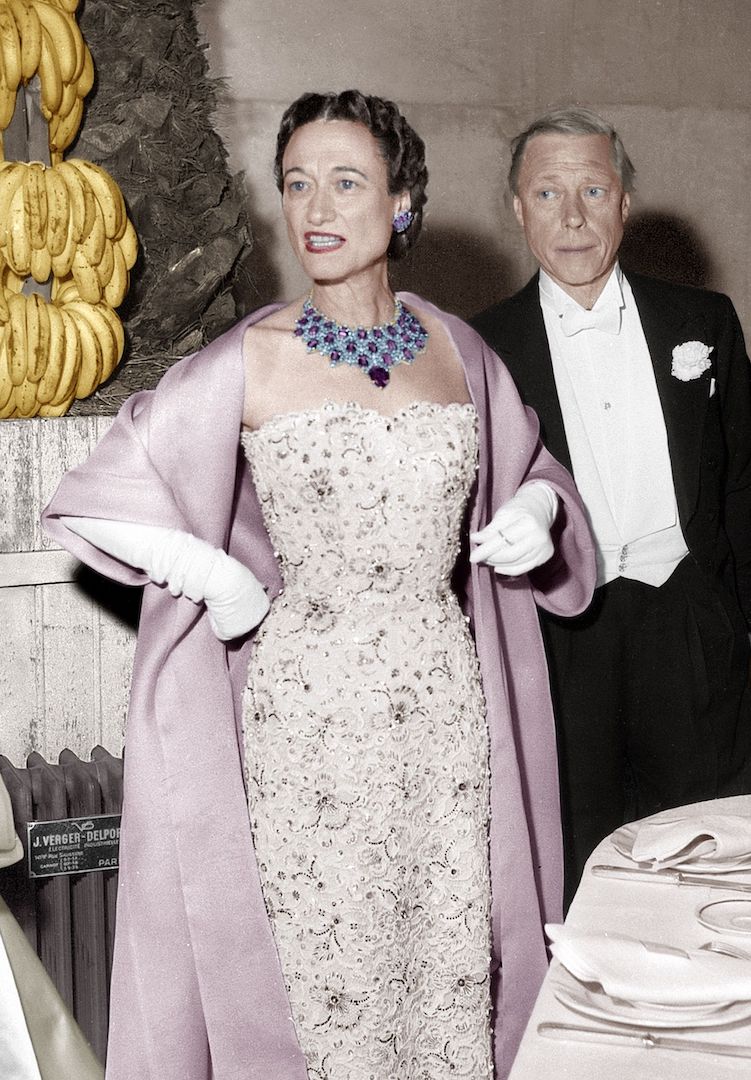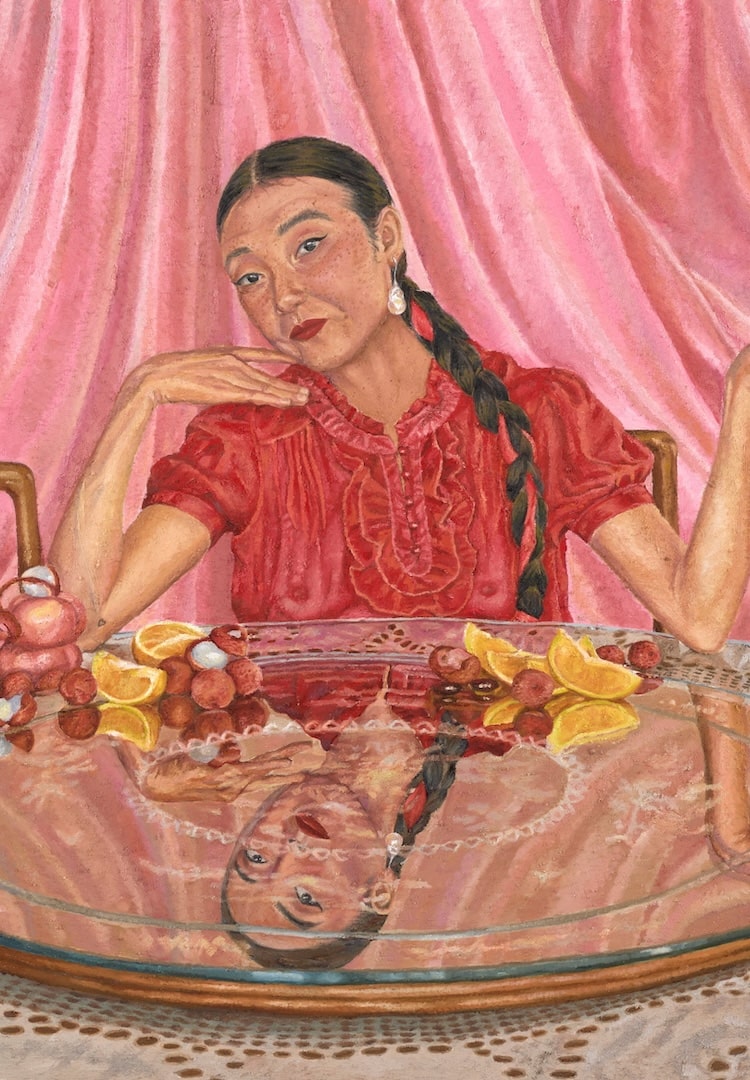A world-first Vivienne Westwood and Rei Kawakubo exhibition is coming to NGV Melbourne
Main image photography by Sheridan Morley / Shutterstock
Words by Fashion Journal
The National Gallery of Victoria will showcase over 140 iconic designs by Vivienne Westwood and Rei Kawakubo from December 7.
This summer, the National Gallery of Victoria (NGV) brings together, for the first time ever, two of fashion’s most radical visionaries: the late British designer and punk icon, Vivienne Westwood, and Japan’s high priestess of abstraction, Rei Kawakubo of Comme des Garçons.
Opening on December 7, Westwood / Kawakubo is a world-first showcase of more than 140 garments drawn from major international museums, private archives and over 80 newly acquired pieces from the NGV’s own collection, including 40 recently gifted by Comme des Garçons andselected by Rei Kawakubo herself.
Looking for more to explore? Head over to Fashion Journal’s Events section.
The NGV started acquiring works by these designers back in the 1990s. “Once we decided to do the exhibition, we went to work sourcing iconic works and collections that we were missing,” says NGV’s Curator of Fashion and Textiles, Danielle Whitfield. “We are now in the lucky position of having over 100 works by Westwood and thanks to some significant donations, over 300 by Comme des Garçons. The majority of the pieces in the exhibition were acquired in the last few years and this will be their debut at the NGV.”
While there are too many iconic pieces to name, Danielle says a highlight is Westwood’s iconic tartan ball gown worn by Kate Moss on the runway in 1993. “It says so much about her historicism and romanticism. For Kawakubo, it’s all seven works from her stirring Blood and Roses collection – an emotional and symbolically powerful one for the designer.”
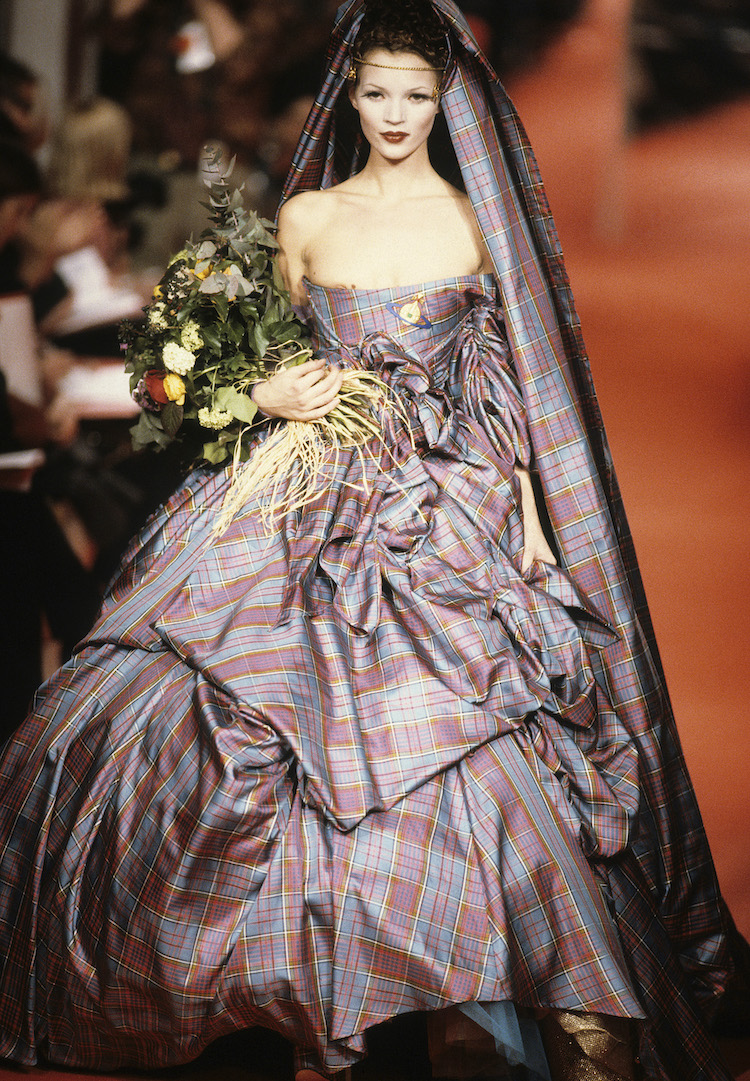
Photo copyright FirstView
Leading visitors through five themed sections, the exhibition charts the work of both self-taught designers like symmetrical opposites, viewing their legacy as parallel yet fundamentally
unique. Expect an in-depth look at how these two iconoclasts rewrote the rules of fashion, challenging taste, gender and the very meaning of clothing.
Punk roots
The show begins with ‘Punk and Provocation’, a section that reminds us how both designers found their vision in rebellion during the 1970s. For Vivienne Westwood, punk was more than an aesthetic, it was a political statement. Early looks feature her iconic bondage trousers, torn knits, tartan, leather and slogans designed to shock. These are the clothes that dressed the Sex Pistols and Siouxsie Sioux – pieces that didn’t just break rules, they burned the book.
Rei Kawakubo’s take on punk is subtler and less confrontational, but no less defiant. Four striking looks demonstrate how she channels the ethos of punk (anti-perfection, anti-glamour, anti-everything) into garments that blur the line between fashion and performance art.
“I think for both [designers], coming of age in the 1960s during a period of social and political upheaval was formative,” says Danielle. “But not everyone can be brave or says what they think. Westwood and Kawakubo are so important because they are pioneers, their work really forces us to think about the possibilities of fashion and the meaning behind what we wear.”
Breaking the rules
Next up is ‘Rupture’, where things start to truly unmake themselves. This section dives into both designers’ obsession with reimagining what clothing can be. Westwood’s Pirate (1981) and Nostalgia of Mud (1983) collections capture the energy of London in the early 1980s, equal parts romantic, theatrical and subcultural.
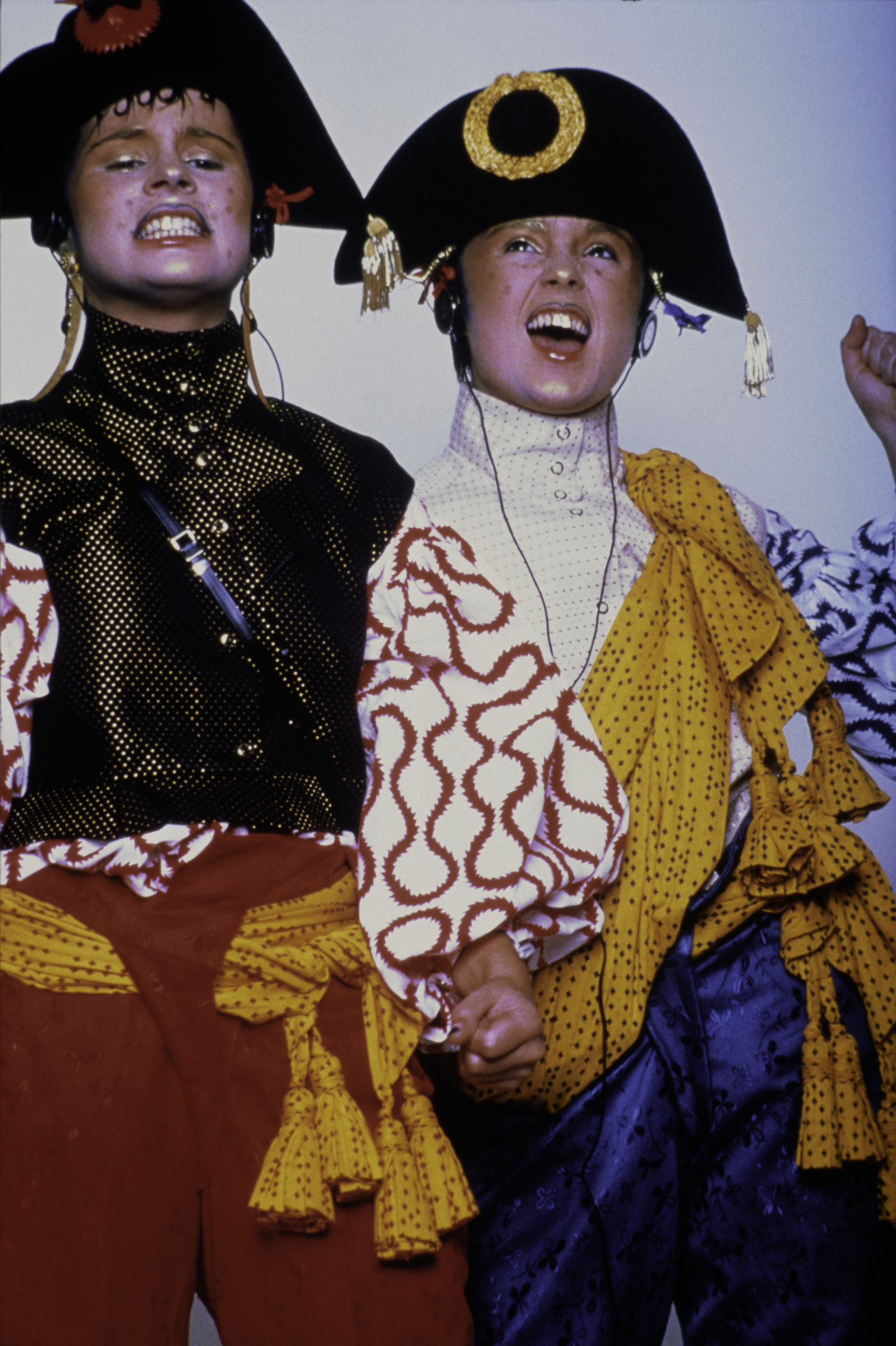
Photography by Robyn Beeche
Rei Kawakubo, meanwhile, pushes further into conceptual terrain with looks from her Not Making Clothes collection (2014), which completely ignores the body’s form, presenting garments as sculptural objects first, clothes second.
Looking to the past
In ‘Reinvention’, we see how each designer looks to the past not to replicate it but to riot against it. For Vivienne Westwood, history is a fabric swatch. Her Portrait collection (1990) plastered 18th-century Rococo paintings across corsets and bodices, turning classical art into wearable provocation.
For Kawakubo, the past is more of a jumping-off point. She collides it with the absurd: ruffles, frills, oversized silhouettes and prints that scream.
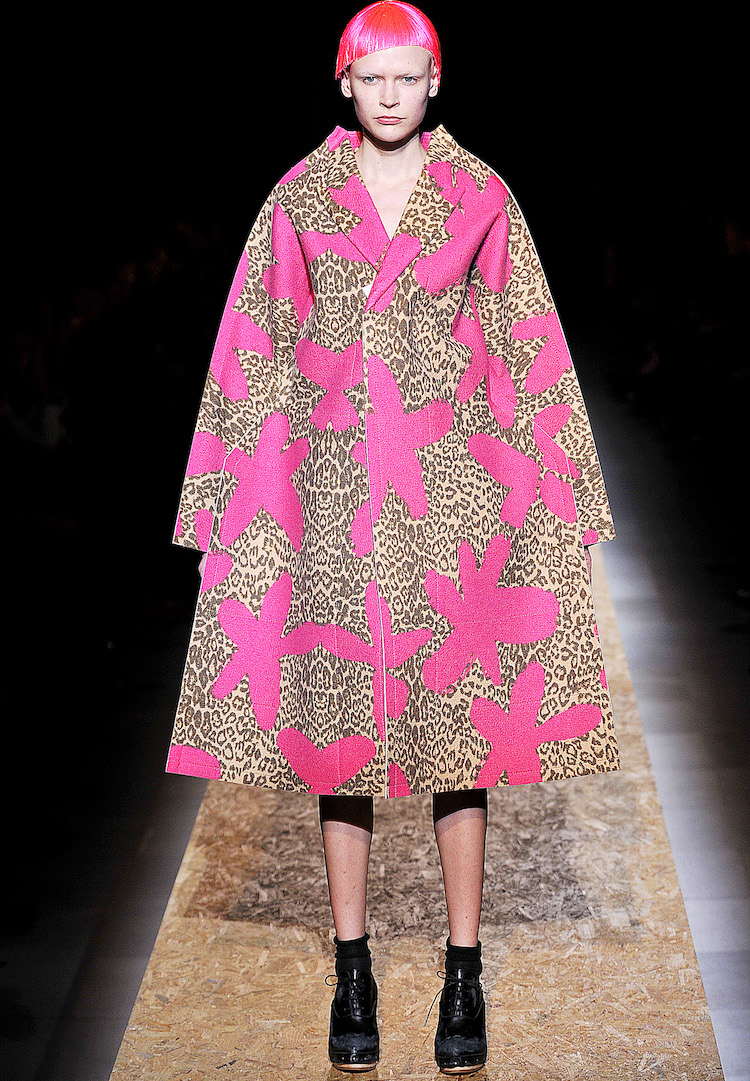
Image copyright Comme des Garçons
Confronting forms
Possibly the most emotionally resonant moment in the show is ‘The Body: Freedom and Restraint’. Westwood and Kawakubo have never been content with just dressing the body, they made it their mission to question it.
Westwood’s Erotic Zones (1995) and Kawakubo’s The Future of Silhouette (2017–18) collections challenged the idea of beauty as something polished or passive. Here, the female body is not objectified but rearmed – pushed, padded, exaggerated and utterly transformed.
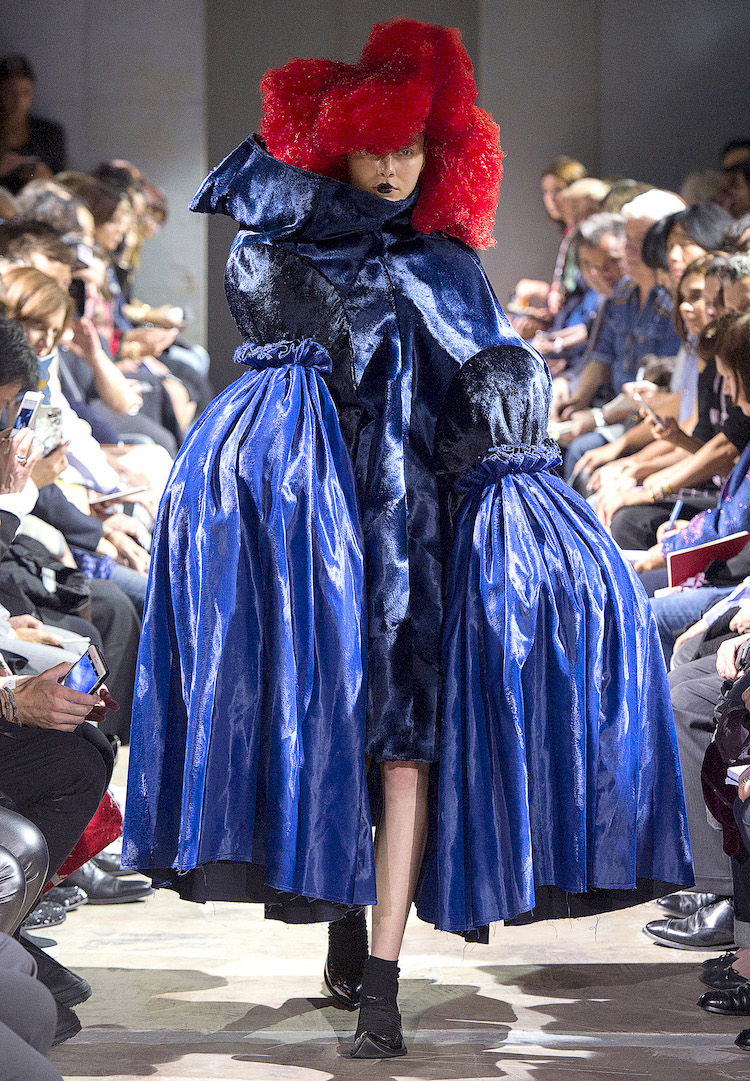
Image copyright Comme des Garçons
Fashion as weapon
The final section, ‘The Power of Clothes’, pulls everything together and hurtles it straight into the present. Westwood’s later collections like Propaganda (2005) and Chaos Point (2008–09) return to her activist roots. From climate change to civil disobedience, her garments double as placards, her fabrics screaming messages about freedom, inequity and collapse.
Kawakubo, never one for direct statements, takes a more introspective turn. Her Uncertain Future (2025) collection is an emotional, almost mournful response to the world’s instability and a meditation in fabric form. Together, these works ask the same urgent question: What is fashion for?
Iconic moments
Expect to see countless moments (runway footage, campaign photoshoots) that capture the intense and visually breathtaking work of both designers. Vivienne Westwood’s red MacAndreas tartan gown from Anglomania (1993–94), famously worn by Kate Moss, takes centre stage. So does the corseted wedding dress from her Wake Up, Cave Girl collection (2007–08), made iconic by SJP in the first Sex and the City movie.
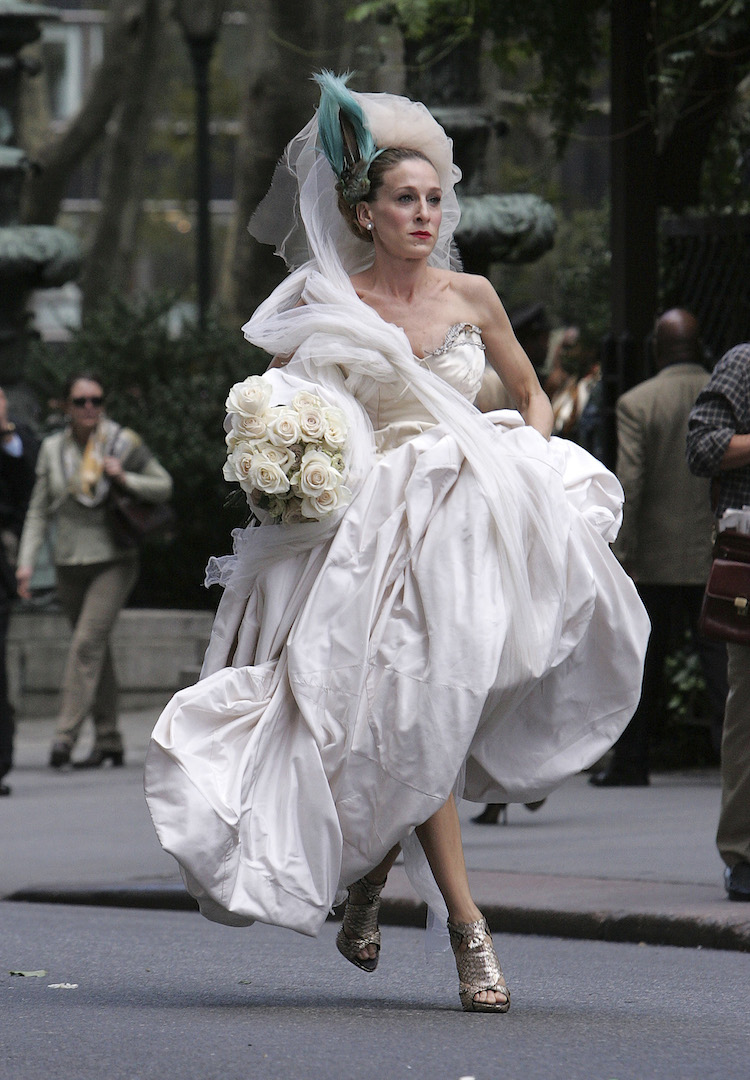
Photography by James Devaney / Getty Images
Kawakubo’s pop cultural markers include the sculptural, red petal dress worn by Rihanna at the 2017 Met Gala, the deconstructed gingham looks from Body Meets Dress – Dress Meets Body (1997), and the eerie, gravity-defying silhouettes from Invisible Clothes (2017).
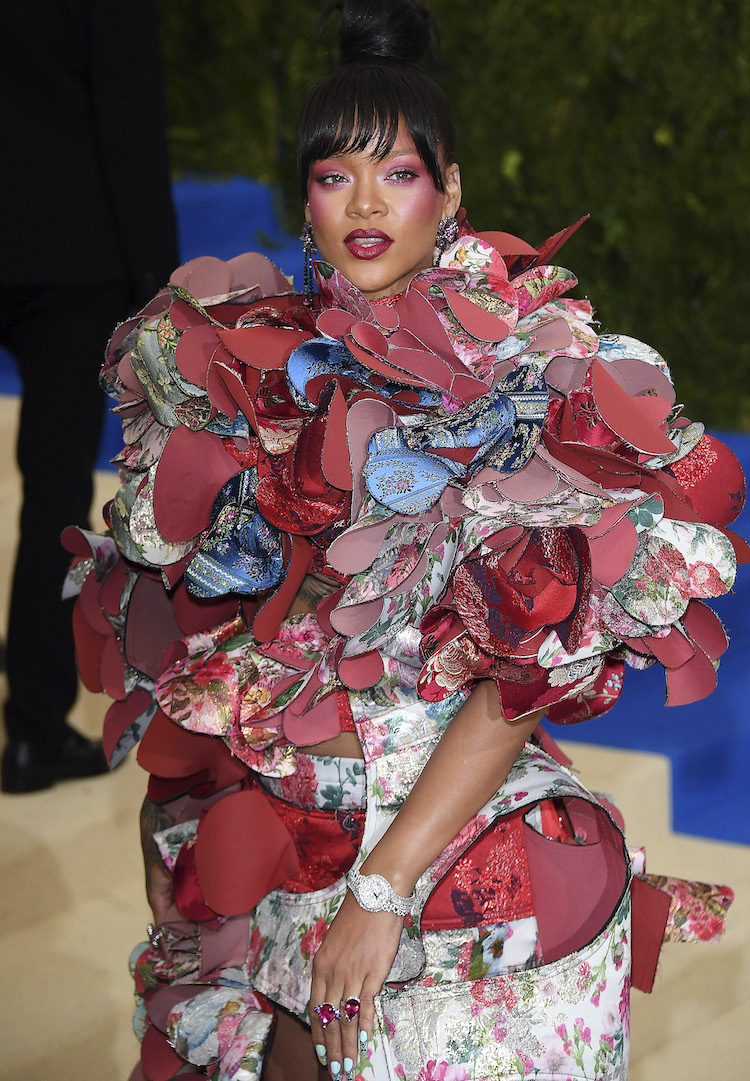
Photography by Francois Durand / Getty Images
One of the show’s most dramatic moments sees Westwood’s 18th-century-inspired ball gowns spotlighted beside Kawakubo’s vinyl-and-jacquard punk riffs on the same silhouettes. Another gallery plays with symmetry, with Westwood’s slouchy tweeds and signature tailoring facing off with Kawakubo’s sharp tartans and angular pinstripes.
Westwood / Kawakubo isn’t about comparing or ranking, but showing what happens when two self-taught female designers refuse to play by the rules and end up rewriting them entirely. Both Westwood and Kawakubo carved out space for fashion to be something more expressive, more confrontational and more human. So, whether you’re there for the corsets or the conceptualism, this show is a must-see.
Buy tickets to Westwood / Kawakubo here.

